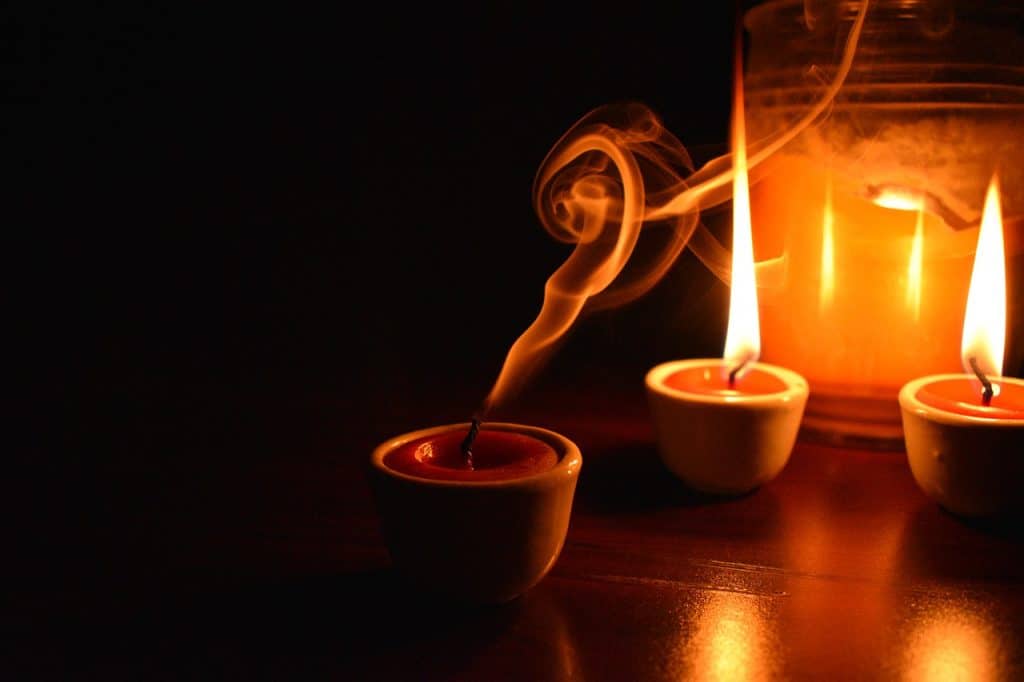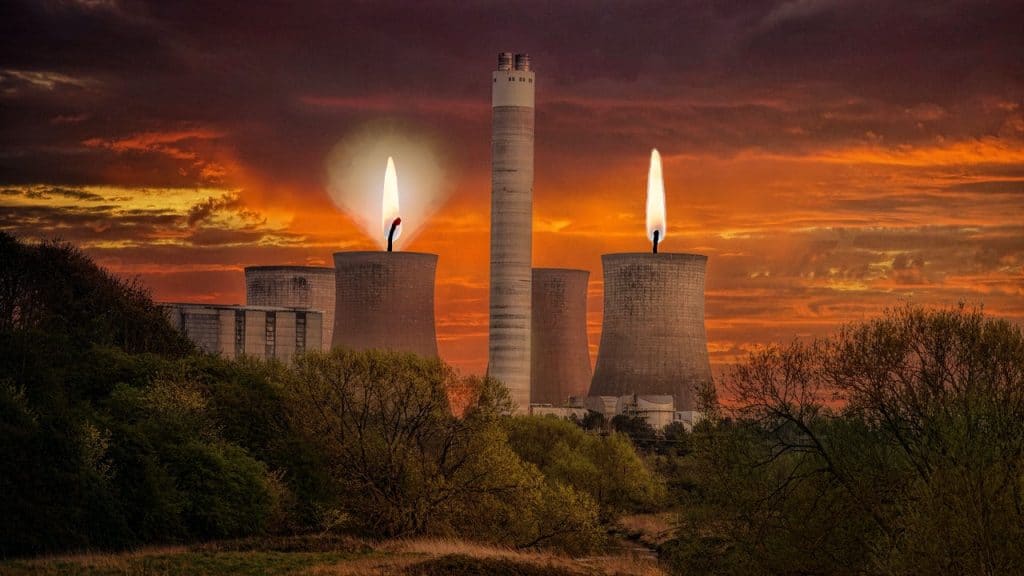Food is one of the greatest joys in life, and rightly so; after all, we need it in order to survive. But apart from that, the mere act of eating – with all the bursts of flavors and textures involved – can also be a source of great pleasure.
Food is also an important means of livelihood to many people across the world; which makes the (food) industry one of the biggest and most diverse contributors to the global economy.
However, not everything that can be edible is necessarily called “food.” We’ll take candle wax as an example.
WHAT IS CANDLE WAX?

What is candle wax?
From insects rolled up in papyrus (and other forms of paper) to tallow, beeswax and eventually paraffin, history has tried time and time again to answer this question. In fact, if history had a search engine, the more apt question might be, “what isn’t candle wax?” (not because of the availability of an uncountable amount of options but because people – from different cultures across the world – have always experimented within the same set of common answers and are always trying to come up with more).
Some of the earliest versions of candles were tallow and insects rolled up in paper. Their discovery – or rather, their usage in the inventions of candles – took place thousands of years ago. However, while the Ancient Egyptians are largely given credit for these early versions of candles, it is an undeniable fact that other cultures (such as Ancient China) were also making headway in this same field of candle making.
Hence, when tallow wax was invented by the Ancient Egyptians, by the boiling down of fat obtained from slaughtered cows (and other livestock), it didn’t take too long for people in the regions of Ancient China to discover their own form of tallow wax by working with fat derived from sharks, whales and other aquatic mammals.
This pattern of multiple discovery and experimentation in the field of candle making is so fascinating because it wasn’t limited to tallow alone. Almost the same pattern played out in the discovery of insects rolled up in paper (which took place earlier than tallow, in some regions), beeswax and so on. Another thing that makes this pattern fascinating is that this was at a time when communication and transportation systems were largely undeveloped.
WHAT IS THE ROLE OF CANDLE WAX?
Candle wax has just one job to do, as far as candles are concerned; that is, to support the burning of a candle’s flame.
Candles are made of two major parts, which are the wax and the wick. The candle wax is the part of the candle that gives it its shape, form, color and scent (i.e. in the case of scented candles). However, the most important thing candle wax does – i.e. the most important role it performs – is to provide fuel which feeds and sustains the candle’s flame.
The second part of the candle is known as the wick, and this is a substance that is usually in the form of a thread (i.e. threadlike), although it may also be wooden. A candle’s wick runs through the center of the candle and performs the role of soaking up the fuel in the candle wax. This process begins when the wick is lit and the flame from the candle begins to melt the wax. This melted wax is then soaked up by the wick and used to sustain the tiny fire. The candle wax and wick work together seamlessly in order to produce the simple working principles by which candles run.
And like candle wax, there are different types of wicks used in the production of candles. The most common ones are the ones made out of cotton and other forms of fibers. Wooden wicks are also quite popular nowadays.

CAN CANDLE WAX BE EATEN?
Can candle wax be eaten?
The answer to this question is not that simple. This is because candle wax does not typically qualify as food therefore; this question shouldn’t even exist at all. However, when you consider the certain factors (such as the type of materials used in making the candle), you may begin to see that while majority of candles are potentially harmful when consumed (and therefore, shouldn’t be eaten at all), there are some select types of candles that break out of the mold, metaphorically speaking. And yes, we’re talking about tallow candles.
WHY CAN TALLOW CANDLES BE EATEN?
Tallow candles are the types of candles that are made out of animal fat. We’re talking fat from slaughtered cows and other types of livestock, fat from sharks and whales (and other types of aquatic mammals) etc.
Due to the fact that these candles are made from edible materials, there have been certain instances when they have been eaten as a source of sustenance. Famine is one of such instances.
In the days of old, people used to eat tallow candles in times of famine, when food was scarce and what little was available was very expensive. There have even been recorded cases, during those times, when people would break into the homes of wealthy people in order to cart off with their candles (since tallow candles were frequently afforded by only the rich).
The concerns about eating these types of tallow candles lay in the fact that those candles were not initially made to be eaten. However, nowadays, some chefs are actually making variants of tallow wax – cooked with herbs and other types of seasoning – which are actually intended to be eaten. Candle cuisine is not common but it is becoming quite popular in certain parts of the world, as some chefs make it part of their restaurant’s menu.
Generally, the factors that affect the edibility of candles include; the materials added to it (edible tallow candles will not contain chemicals such as dyes – except for food dyes – bleaches, scents from harmful chemicals etc). And most importantly, the most commonly accepted types of candles that can be eaten are tallow candles, because they are typically made from edible animal fat. Other kinds of candle wax (especially paraffin wax) may be potentially harmful.




